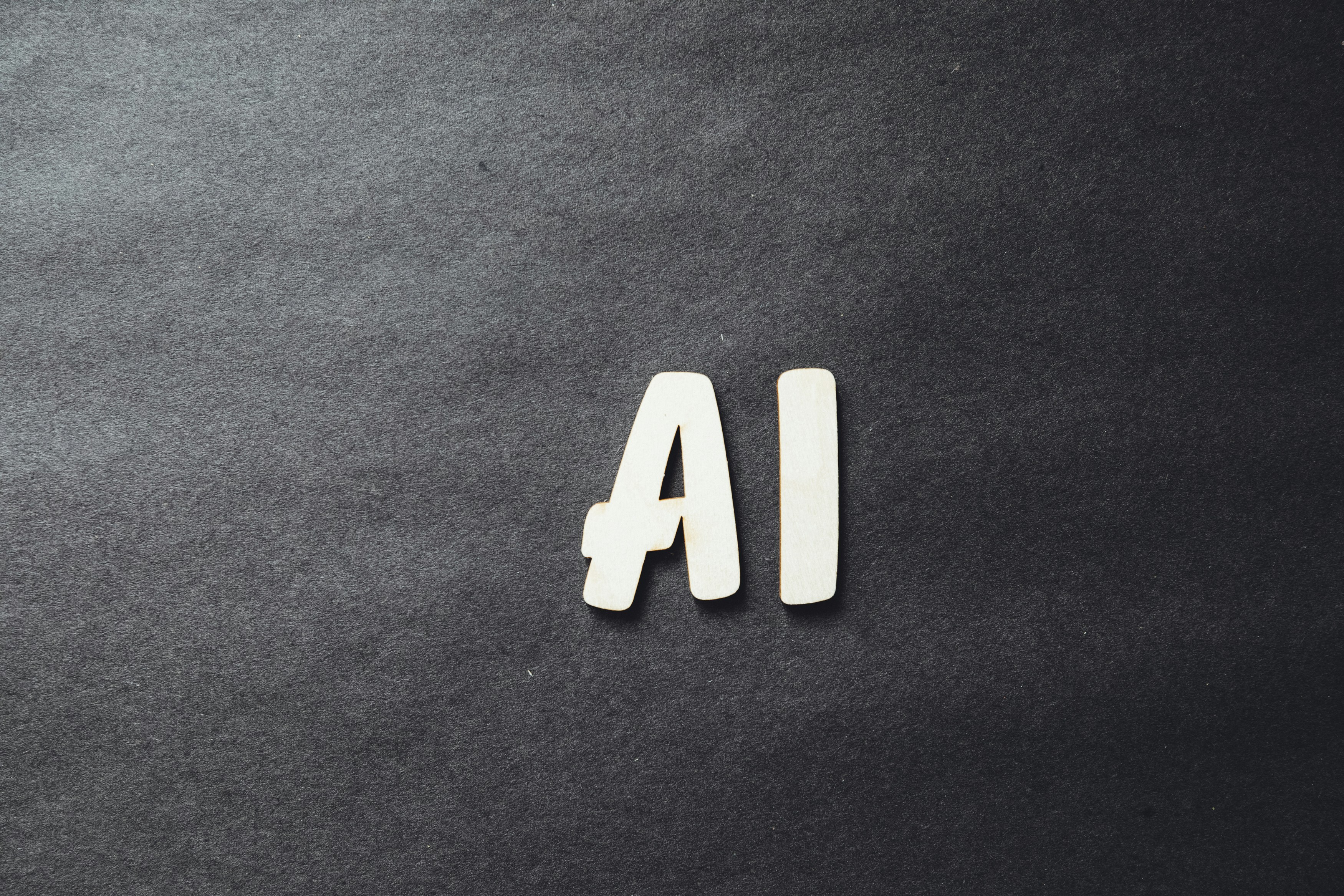The Unseen Workforce: How AI Shapes Human Talent in Remote Work
The rise of remote work has forever altered the professional landscape, but the real metamorphosis lies in the blending of human talent with AI tools and automation. As companies adapt, AI is steadily redefining roles, creating an “unseen workforce” that enhances productivity, fosters collaboration, and transforms the way technology interacts with human employees. Let’s embark on a journey to uncover how these changes manifest in our workplaces and the broader implications for the future of work.
The Shift to Remote Work: A Prelude to Transformation
In the wake of recent global events, many organizations were thrust into rapid digital transformation. Remote work became the norm, and the workforce had to quickly adapt to a new reality. Companies began leveraging AI tools for virtual collaboration, enhancing productivity and efficiency in unprecedented ways. For instance, businesses turned to AI-driven project management tools that automate task assignments and track progress, allowing teams to stay aligned even when physically apart.
AI-enabled communication platforms, like video conferencing and chatbots, have also aided in maintaining connections among team members, alleviating the sense of isolation many remote employees felt. As organizations navigate this new terrain, the role of human talent has taken on a more nuanced dimension, blending seamlessly with AI capabilities.
Bridging the Gap: AI as Collaborative Partner
As AI enters the workplace, some fear it may render human roles obsolete. However, the reality is strikingly different. AI tools are increasingly acting as collaborative partners, augmenting human skillsets rather than replacing them. AI can analyze vast amounts of data at incredible speeds, providing insights that can empower human decision-makers.
A prime example is the use of AI-driven analytics in marketing, where tools can predict customer behaviors and preferences. This allows marketing teams to concentrate on creative strategies while the AI crunches numbers, enhancing campaign effectiveness. Businesses can harness these intelligent insights, allowing employees to focus on building relationships—an area where human touch is invaluable.
Transforming small businesses with AI tools illustrates how companies can leverage automation to create competitive advantages while fostering the human element in their operations.
Evolving Roles: The Emotional Intelligence Factor
AI does not just interact through systems and algorithms; it increasingly impacts the fundamental attributes of human talent, particularly emotional intelligence (EQ). In a remote structure, where nuances can be lost in translation, EQ becomes essential in maintaining team morale and cohesion.
AI tools can aid managers in adapting their leadership styles to accommodate the emotional states of employees, offering data-driven insights into team dynamics. For instance, AI can analyze communication patterns and engagement levels, providing managers the opportunity to intervene with support or motivational strategies when necessary.
Conversely, employees gain new skills in empathy and relationship management—crucial traits that AI cannot replicate. This harmony between AI’s analytical capabilities and human emotional intelligence positions organizations for enhanced collaboration and productivity.
Daily Dynamics: The Rise of AI Tools in Decision Making
As decision-making processes get clouded with data overload, AI tools are emerging as vital assets in supporting human judgment. Businesses leverage AI for predictive analytics, which, when combined with human intuition, leads to smarter, more informed decisions.
The concept of “AI whisperers”—professionals adept at interpreting AI-generated insights—has gained traction. These individuals possess the expertise to distill complex data into actionable strategies. They can identify patterns invisible to the naked eye, facilitating strategic shifts and innovations.
By aligning AI-driven data interpretation with human perspective, leaders can navigate uncertainties with enhanced clarity. For example, when analyzing market trends, the synergy of human judgment and machine learning can create shifting competitive landscapes that inform critical business strategies.
The AI empathy engine provides further insight into how businesses can transform their customer touchpoints through innovative tools that foster connections.
Trust and Transparency: The Empathy Challenge
With AI systems assuming more responsibilities in the workplace, the importance of trust and transparency can’t be overstated. Employees need to trust that AI tools will assist rather than undermine their roles. Empowering staff with a clear understanding of how AI is used within their organizations cultivates an atmosphere of openness and collaboration.
Organizations must establish protocols that govern AI interactions and decision-making processes. Through transparent communication, leaders can elucidate how AI systems function and their implications for employees. By openly sharing successes and failures related to AI tools, companies encourage a healthier work culture that embraces experimentation and learning.
Moreover, incorporating ethical standards into AI tool usage highlights a commitment to responsible practices. As the unseen workforce grows, prioritizing ethical AI usage establishes trust among employees and builds a foundation for a strong organizational culture.
Fostering Creativity: The Human Advantage

While AI excels in analyzing structured data, the realm of creativity remains predominantly human. Creative output—be it in design, marketing, or strategy development—relies heavily on attributes like intuition, imagination, and empathy. This brings to light the importance of fostering an environment where human creativity thrives alongside AI capabilities.
Organizations can implement AI to assist in brainstorming sessions, providing suggestions or insights based on previous projects and trends in creativity. However, the emotional component—understanding what resonates with the audience—requires the human touch.
By allowing employees to tap into AI’s analytical resources while providing them space and freedom to innovate, companies can cultivate an environment that marries productivity with creativity.
AI tools in brainstorming demonstrate how businesses are evolving their creative processes through automation while enabling teams to unleash their full potential.
Future-Proofing Your Workforce: Continuous Learning and Development

As AI continues to revolutionize workplaces, the need for continuous learning and development cannot be overstated. Organizations that invest in upskilling employees ensure not only the adaptability of their workforce but also long-term competitive advantages.
Offering professional development programs focused on AI literacy, emotional intelligence, and creativity can prepare employees for the future workplace landscape. This proactive approach fosters employee engagement by demonstrating a company’s commitment to their growth and success.
In addition to formal training, encouraging a culture of learning leads to more innovation as employees are empowered to experiment with AI tools and their applications. Learning from real-world applications creates a dynamic environment where teams feel safe to push boundaries and redefine their roles.
Navigating Challenges: The Flip Side of Automation

Despite the myriad benefits of leveraging AI tools, challenges persist. Concerns around job displacement, data privacy, and the ethical use of AI systems continue to resonate, prompting organizations to reassess their policies and frameworks.
Job displacement fears can lead to disengagement and lower morale among employees. To counter this, leaders must open lines of communication about the role of AI and the future trajectory of jobs within the organization.
Emphasizing co-creation as a vital aspect of corporate ethos allows for a balanced perspective on AI integration. This kind of transparency can assuage fears, highlighting that human talent will continue to play a pivotal role even as AI becomes more prevalent.
Furthermore, as organizations embrace AI tools, data protection practices must ensure that employees’ privacy rights are preserved. Establishing ethical guidelines around the usage of AI prevents misuse and fosters a secure working environment.
Final Thoughts: Embracing the Future Together
AI tools wield the potential to transform workflows and redefine roles in the modern workplace. Yet, human talent emerges as an irreplaceable pillar in this evolving landscape. By fostering collaboration between human and AI capabilities, companies can harness the best of both worlds—intelligence and creativity, data-driven decision-making and emotional engagement.
As we stand on the precipice of the future, organizations must commit to an inclusive approach that embraces ongoing development, transparency, and ethical decision-making. By preparing their workforce for a landscape shaped by AI, companies not only secure their success but also enhance the lives of their employees.
As we continue to embrace AI as a vital partner in our professional undertakings, take the time to assess how these tools are integrated within your organization and the impact they have on your workforce. The unseen workforce of AI and human talent holds the key to unlocking productivity, creativity, and ultimately, workplace satisfaction.








